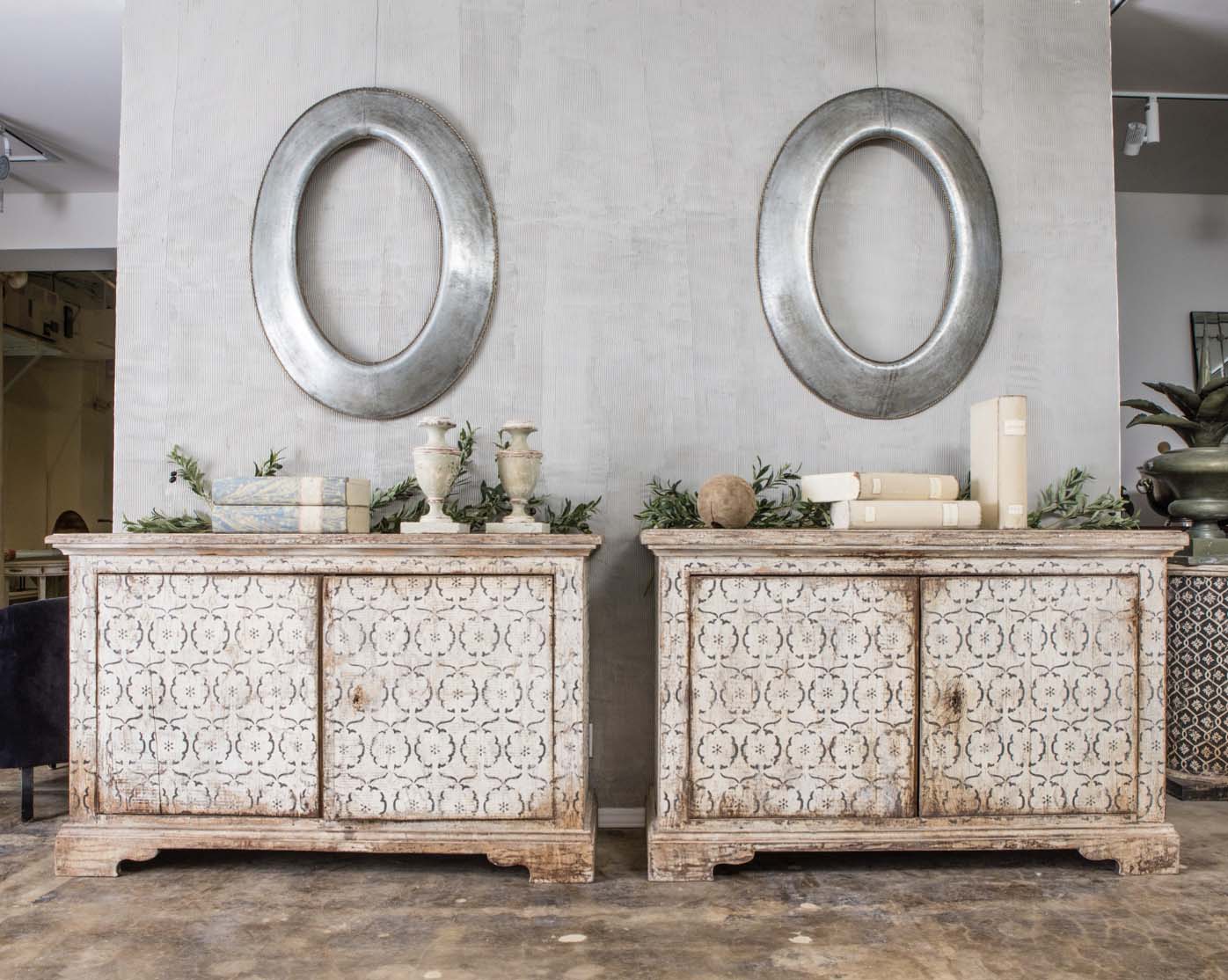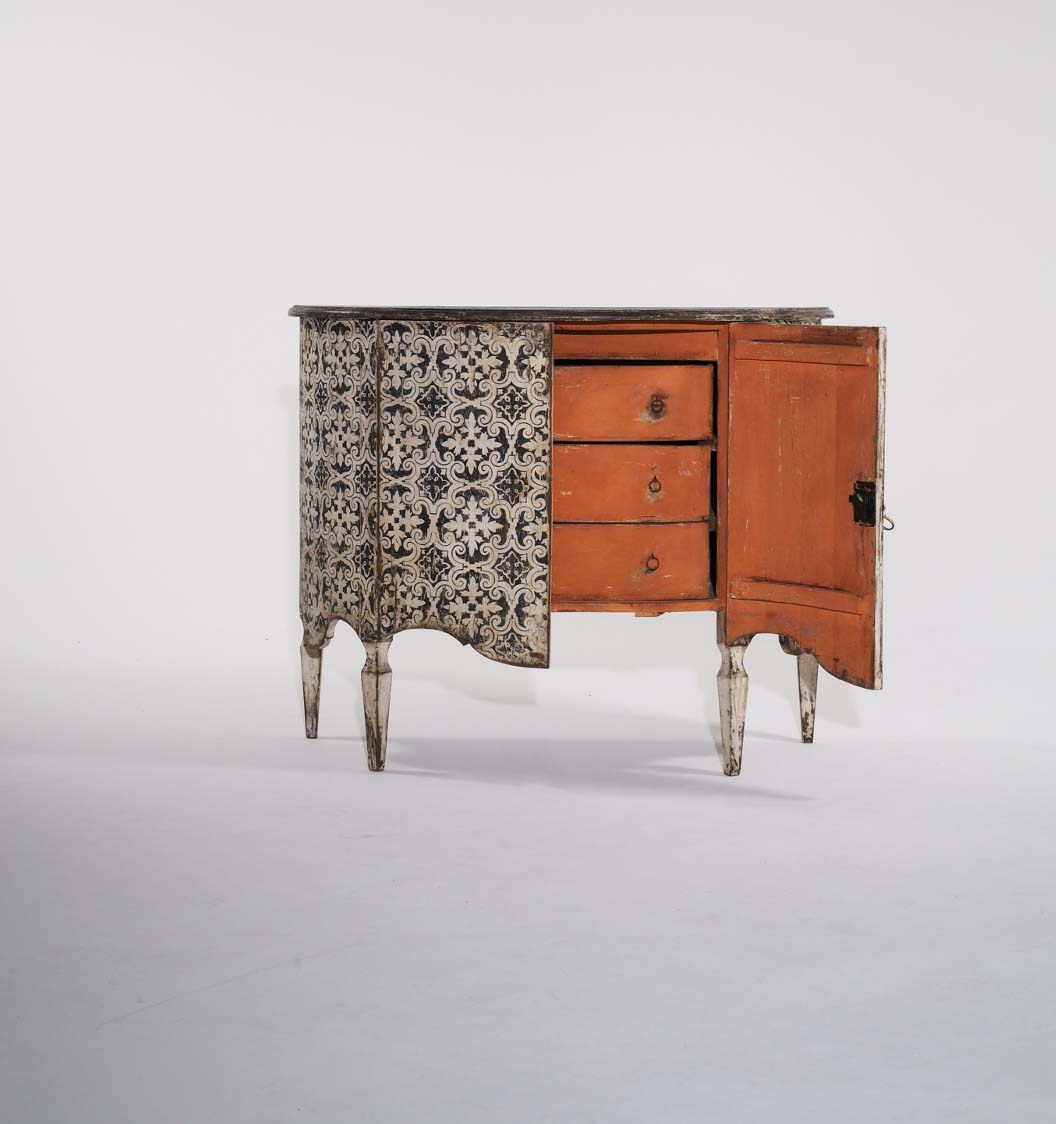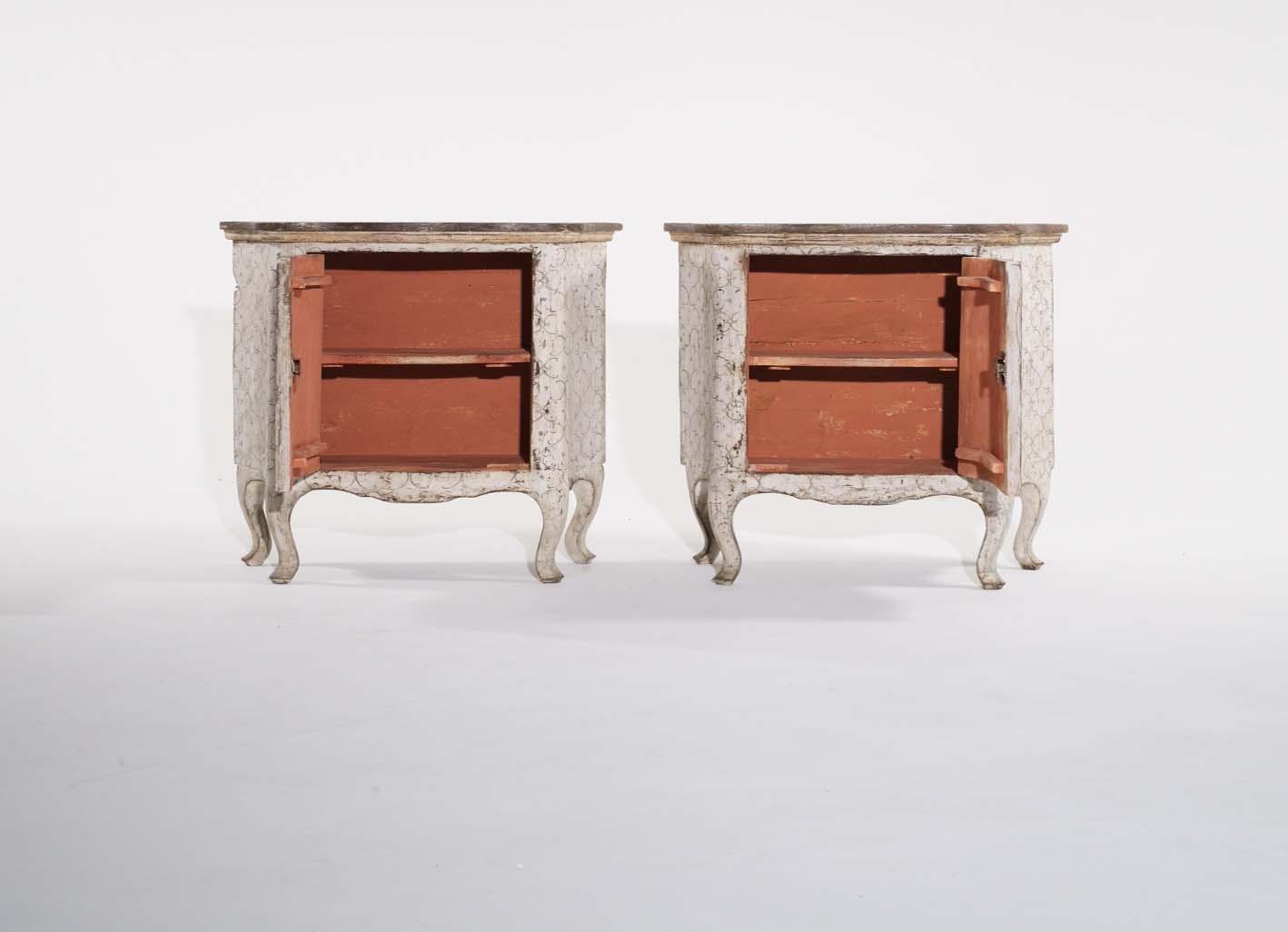
Arte Povera Furniture
In the annals of furniture history, the 16th to 17th centuries marked a period of grandeur and opulence, with sumptuous pieces crafted from exquisite woods like walnut and cherry. However, behind this extravagant façade lay the “Arte Povera” style of furniture—a pragmatic response to the soaring demand for affordable yet well-crafted furnishings. This unique approach allowed artisans to cater to a wider clientele by utilizing less expensive wood types such as Pioppo (poplar) and Fir. Far from compromising the skill and artistry of the craftsmen, the “Arte Povera” furniture retained its charm and authenticity, reflecting the ingenuity and adaptability of artisans amidst economic realities.

During the Renaissance and Baroque eras, finely crafted furniture adorned the homes of the wealthy and powerful, exuding a sense of prosperity and taste. However, the use of luxurious woods like walnut and cherry came at a high cost, making these pieces inaccessible to the average citizen. In response to growing demand from a broader market, cabinet makers ingeniously adopted a new approach—replacing the pricey materials with more affordable alternatives like Pioppo and Fir.
Despite the economic constraints, “Arte Povera” furniture remained a testament to the exceptional skill and dedication of the artisans. The cabinet makers, often from long-standing family traditions, honed their expertise to transform humble woods into functional and visually appealing pieces. While the materials might have been more modest, the intricate carvings, elegant details, and fine finishes exhibited a level of craftsmanship that rivaled the most luxurious furniture of the time.
Arte Povera furniture, though more accessible, did not compromise on aesthetics or practicality. The designs showcased harmonious proportions and graceful silhouettes, marrying form and function in perfect balance. These pieces were as utilitarian as they were beautiful, serving various purposes in homes and palaces across the social spectrum. In many ways, this democratization of furniture design marked a shift towards a more inclusive and diverse clientele.

Enduring Appeal
The enduring appeal of “Arte Povera” furniture lies in its timeless simplicity and authenticity. Despite its economical nature, these pieces have stood the test of time, continuing to enchant collectors and enthusiasts worldwide. The charm of these understated pieces lies in their ability to transcend materialistic value, carrying with them the legacy of skilled craftsmanship and resourcefulness.
The Authentic Provence’s collection showcases a range of unique and unusual options within the Arte Povera style. Drawing inspiration from the raw and rustic essence of the movement, the collection takes a bold step by incorporating unexpected elements, vibrant colors, and imaginative prints into its pieces. From commodes adorned with hand-painted folk art patterns to striking fabric-clad cabinets, each item exudes a sense of individuality and artistic expression. This blend of traditional simplicity with a contemporary twist offers a fresh and exciting take on Arte Povera, providing an inspiring array of design choices for those seeking to create a distinctive and artistic living space.
The “Arte Povera” furniture style of the 16th to 17th centuries serves as a remarkable example of ingenuity and adaptability within the world of design. By using more affordable wood types like Pioppo and Fir, artisans opened the door to a broader audience, making handmade craftsmanship accessible to many. These pieces, while lacking the luxurious materials of their counterparts, possessed an unmatched elegance and functionality, reminding us that true beauty can be found in simplicity. The enduring legacy of “Arte Povera” furniture continues to captivate and inspire generations of designers and appreciators alike, demonstrating that creativity thrives even in the face of economic constraints.